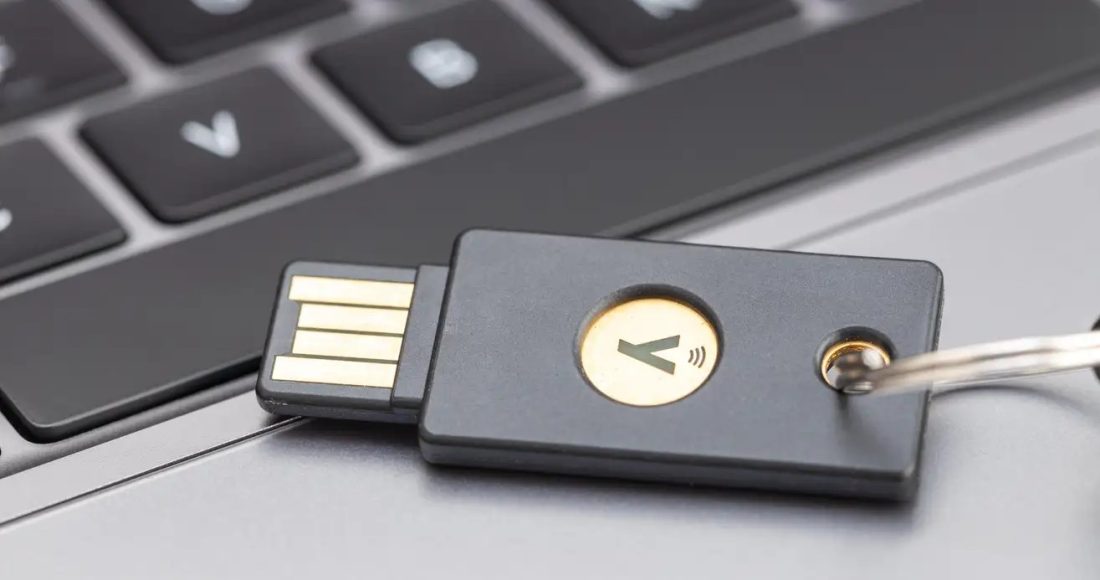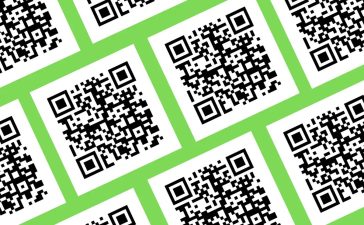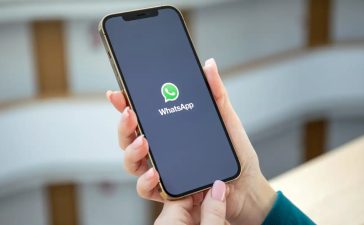Apple ID is one of your most important accounts if you own an iPhone, iPad or Mac. Bad actors could access your iCloud data, track your location or steal your devices if your Apple ID is compromised.
It is important to keep your Apple ID secure. Apple has used code-based 2-factor authentication (2FA), which is a way of protecting your account, for many years. With the iOS 16.3 update, you can use physical security key to lock down your Apple ID against would-be thieves. It’s a great way to secure your account.
What is a security key?
Apple ID has been using security keys for years before Apple introduced them. They’re basically a USB-like piece of hardware that you can use to authenticate your identity when signing in to an account or device. You can use the security key to perform two-factor authentication. Instead of relying on an SMS code, or authenticator app, to prove your authenticity you can connect your security to your device.
Benefits are obvious: If someone is trying to hack into your account, then they will need to have access to the physical security key. The chances of being hacked are greatly reduced if you keep your security key on you.
Experts recommend that you use a security key in conjunction with another form of authentication such as a password or PIN. If your security key is stolen, the thief will still be unable to access your account unless they know the secret code.
Apple ID security keys: How they work
Apple ID’s 2-factor authentication sent a 6-digit code to your trusted device whenever you tried to log in to your Apple ID. You can use a security code to authenticate your iPhone, iPad or Mac instead of the six-digit code. Apple added security keys to iOS 163 for iPhone and iPadOS 16.3 on iPad.
Apple is Apple and there are quirks in the process. Apple does not want you locked out if you misplace one of the FIDO-certified security keys. These keys are only compatible with certain devices and services. One cannot be used to sign in to iCloud on Windows, devices that do not support iOS and iPadOS 163 or later or macOS Ventura 132 or later; managed Apple IDs and child accounts; or Apple Watches paired to a family member’s iPhone.
You’ll need an iPhone compatible with the two-factor authentication feature to sign in to your Apple Watch, Apple TV or HomePod once you have set it up.
Apple has highlighted three security keys that it believes work best on its devices.
- YubiKey NFC
- YubiKey 5Ci Compatible with all Mac and iPhone models
- FEITAN ePass USB-A K9 NFC (works with most iPhones and older Mac models).
Remember the type of connector on the security key. NFC keys will, for instance, work wirelessly on all iPhones. USB-C keys work well with the newer Macs or iPads. However, older iPads and iPhones require a Lightning Key to connect. Otherwise, an adapter is required. Apple probably recommends the YubiKey 5C NFC as it has NFC compatibility with your iPhone and a USB-C connector that will connect to most Macs and iPads.
How to setup security keys on your Apple ID
Remember: Before you set up security keys, keep in mind that you’ll need to have at least one key with you to be able to access your Apple ID to reset your password, unlock it, or manage the keys.
Update your iPhone or iPad to iOS 16.3 or iPadOS 163. Then, go to Setting > Password and Security. Tap “Add Security Keys” to begin the process. Your device will guide you through adding keys. Then, select which devices will be active and which ones you want to remove.
If you have a Mac with macOS Ventura 13.2 and newer, go to Settings > [yourname] > Password & security. Follow Apple’s instructions to add keys by clicking “Add” beside Security Keys. Review the devices that are connected to your Apple ID.
How to remove security key from Apple ID
It’s easy to remove security keys if you decide you don’t want them anymore. You can remove security keys from your iPhone, iPad or Mac by going back to Settings, Password and Security.
You can remove all security keys by clicking “Remove” and then you will be forced to enter a six-digit code every time you log into your Apple ID on a new device.






